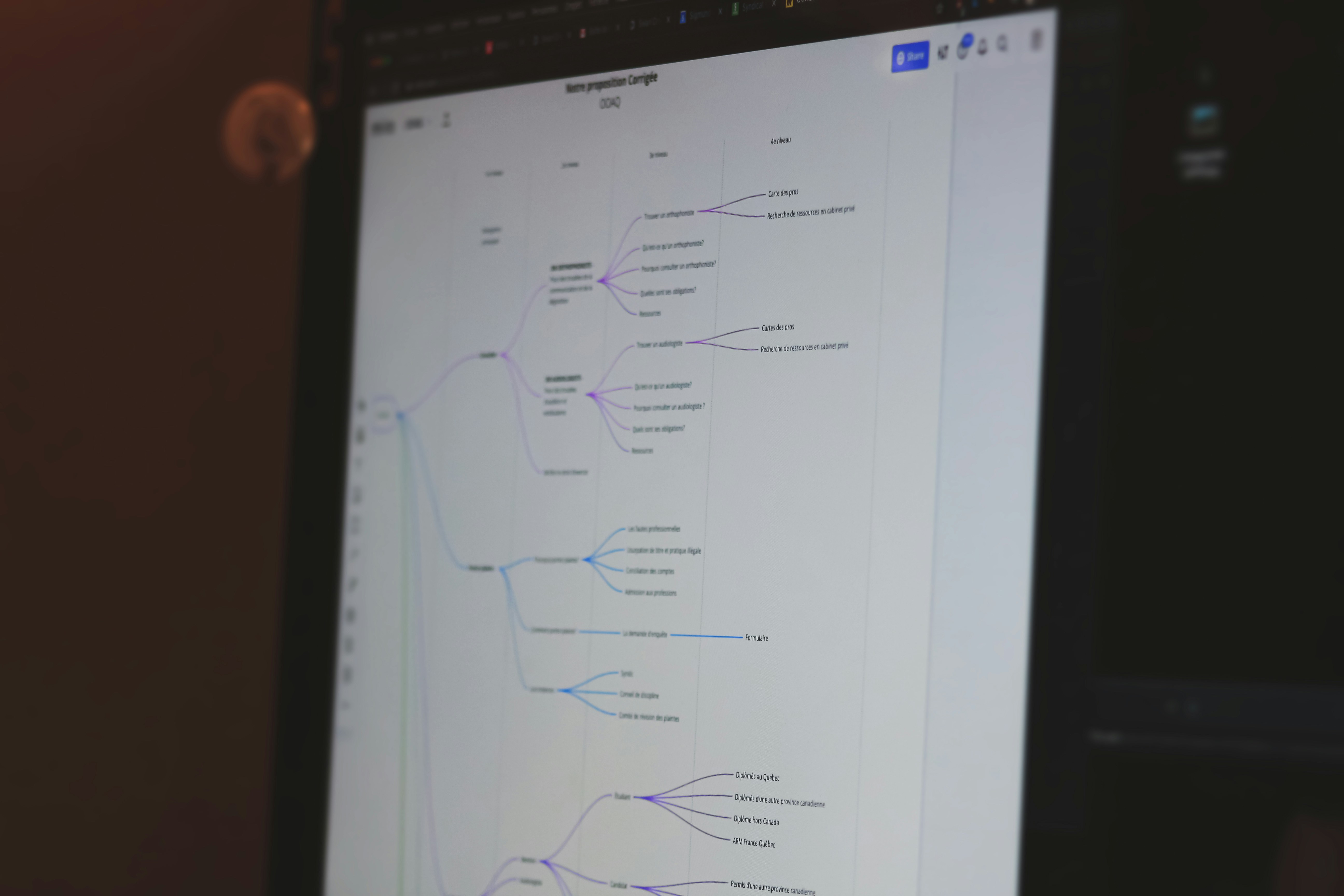Jun 11, 2025
Articles

A probing question more founders and operators are starting to ask: if you were building your company today, would you even build it the same way?
Across industries, the answer is increasingly no.
Legacy systems were designed when human labor was the default and automation was clunky or expensive. Now, AI can observe, reason, and act across business functions. Instead of simply speeding up legacy processes, AI-native companies are reimagining them entirely. They’re asking: what would this look like if it were designed for agents from day one?
The AI-Native Mindset Shift
In the early days of the car, people called them “horseless carriages”—framing new tech through an old lens. Today, we’re doing the same thing with AI. Many companies bolt large language models onto outdated software, trying to automate the past instead of designing the future.
But AI-native thinkers aren’t asking how to make old systems more efficient. They’re asking if those systems should even exist.
Would you build a bloated CRM requiring hours of manual updates, or an intelligent agent that manages customer relationships autonomously? Would you create a call center, or deploy a handful of agents that resolve issues in real time?
This mindset shift is at the heart of the agent-first model.
Customer Service: From Call Centers to AI Co-Pilots
Customer service is one of the clearest examples of this transformation. Legacy operations relied on large human teams or basic rule-based bots to handle high volumes of repetitive inquiries.
Now, companies are building customer support around autonomous agents. These agents understand natural language, reason through ambiguous queries, and solve problems from start to finish.
According to the Zendesk Customer Experience Trends Report 2024, 51% of consumers say they prefer interacting with bots when they want immediate service. Nearly half say it's becoming difficult to tell whether they’re interacting with a bot or a human.
Startups like Decagon deploy agents that triage and resolve customer issues autonomously, routing only the edge cases to human agents. This dramatically reduces support costs while improving customer experience.
If you’re building a customer service function today, would you start with hiring 100 agents—or with 5 smart AI workflows?

Finance: Autonomous Ops Replace Back-Office Teams
Finance is undergoing a similar shift—though more quietly.
Traditionally, teams of analysts and operations staff spent hours compiling reports, identifying risk patterns, and generating documentation. But AI-native tools now handle much of that work instantly.
At Klarna, AI handles two-thirds of customer service chats and is being used internally to reduce meetings and generate reports. The company has even replaced systems like Salesforce and Workday with custom AI tools tailored to its operations. Klarna CEO Sebastian Siemiatkowski has warned that AI could lead to an economic recession due to widespread white-collar job losses.
In other cases, AI agents flag anomalies in loan performance, generate investor updates, and even draft product memos based on regulatory changes—all without human prompting. The human’s role becomes one of review and strategy, not manual processing.
This represents a new model of finance operations: one where autonomous systems manage the data and the execution, and teams focus on decision-making.

HR: From Manual Processes to Agent-Driven People Ops
Human Resources may sound like a people-first function, but it's packed with repetitive workflows, resume screening, interview scheduling, policy Q&A, and documentation.
Today, many of these functions are handled by AI agents. Resume screening agents evaluate applicants, while scheduling agents coordinate calendars and send reminders. Internal chatbots handle employee FAQs on leave, benefits, or policies. IBM has already paused hiring for 30% of back-office roles, including HR, because they expect AI to replace them in the next five years.
AI is also transforming performance reviews and compensation cycles. Intelligent agents can draft review summaries, suggest salary adjustments based on benchmarks, and flag feedback trends, allowing HR leaders to focus on culture, strategy, and retention.

Logistics: AI Optimizes What Humans Can’t
Logistics and supply chain operations are notoriously complex, with countless moving parts. Historically, managing them relied on dispatchers, spreadsheets, and fire drills when things went wrong.
AI-native logistics systems take a different approach.
AI agents now monitor global signals, from weather to port congestion to labor issues, and reroute shipments in real time. They adjust forecasts, optimize inventory, and update delivery routes continuously.
In an IBM survey, 62% of supply chain leaders said AI agents accelerated their decision-making. Over 75% expect them to significantly improve efficiency across their processes.
Instead of waiting for humans to flag issues, AI-native systems act immediately. If a factory shuts down, the AI finds alternatives and adapts the schedule. If a shipment is delayed, it notifies all stakeholders and reroutes inventory on the fly.

Healthcare: From Paperwork to AI-Powered Care
Healthcare is being transformed by AI—both clinically and administratively.
On the clinical side, AI can assist with diagnosis, medical imaging, and even triage. In one viral case, ChatGPT correctly diagnosed a 4-year-old child’s condition after 17 doctors had failed to. While not perfect, AI is quickly becoming a second opinion for physicians—scanning more medical literature and symptoms than any human can.
Meanwhile, AI scribes handle documentation, freeing doctors from tedious note-taking. AI co-pilots in electronic health records suggest treatment plans, flag missing labs, and track patient adherence.
Administratively, AI manages scheduling, billing codes, prior authorizations, and insurance documentation. Athenahealth reports that AI has reduced claims denials and improved reimbursement speed.

A New Blueprint for Building
Across every function, the pattern is the same: AI-native design isn't about doing the old thing faster. It's about not doing the old thing at all.
Instead of designing software for human data entry, we're building systems that perceive, reason, and act. Instead of designing workflows around approval chains, we're designing autonomous workflows where agents handle the execution, and humans intervene only when necessary.
This shift isn’t just about efficiency—it enables new kinds of companies. A single founder with the right AI tools can now operate like a 50-person team. Companies like Midjourney and Chatbase have scaled to millions in revenue with tiny teams and no salesforce.
Andreessen Horowitz has called this the rise of the “one-person unicorn”, where AI agents replace traditional departments. Sequoia refers to it as the end of systems of record, and the rise of systems that both store and act on data.
Would You Still Build It?
So, if you were starting today, would you even build this?
Would you still build a CRM that needs data manually updated by a sales team? Would you still build a ticketing system that requires agents to escalate issues manually? Would you still need layers of HR coordinators if agents can handle scheduling, screening, and onboarding?
Or would you start with a different premise entirely—that the first “employee” is an AI agent, and your job is to orchestrate its outcomes?
This is the core of the AI-native approach: don’t replicate the past. Design for the future. Build systems that assume intelligence from day one.
The companies that do will move faster, hire leaner, and scale smarter. The ones that don’t may wake up to find that the workflows they’re automating are already obsolete.
